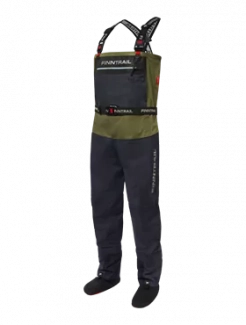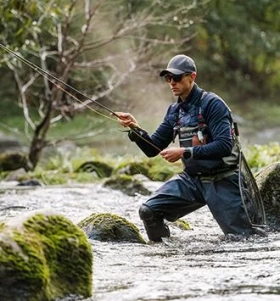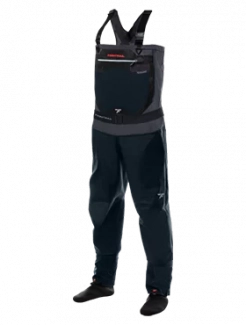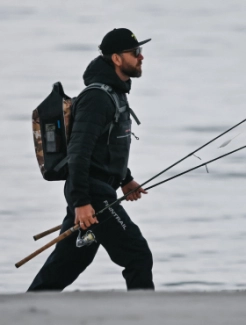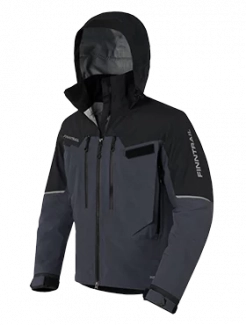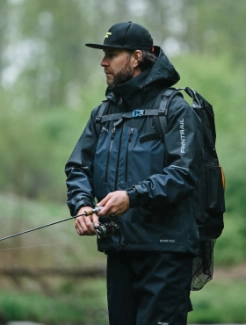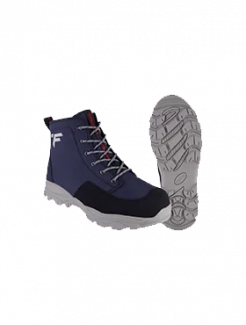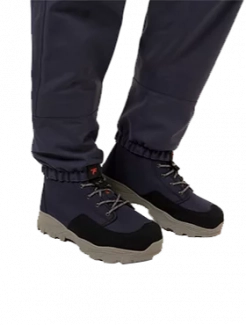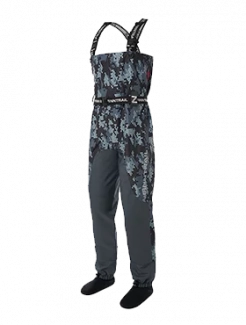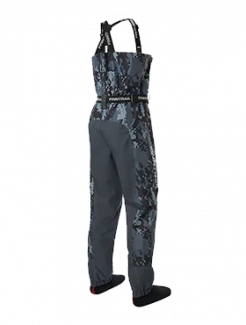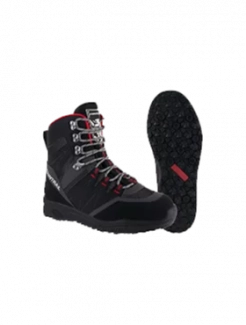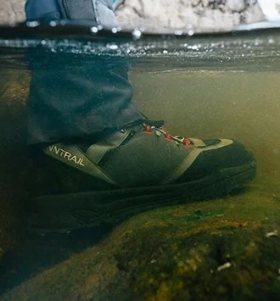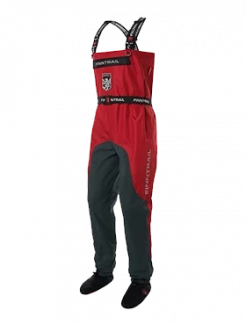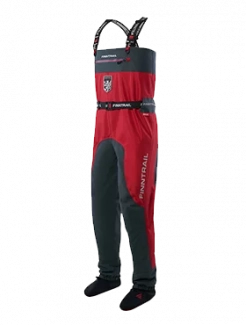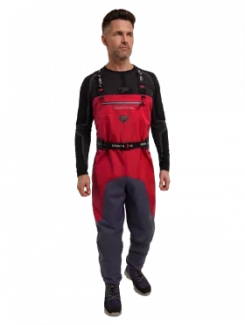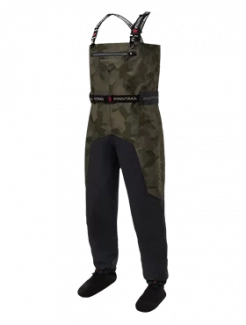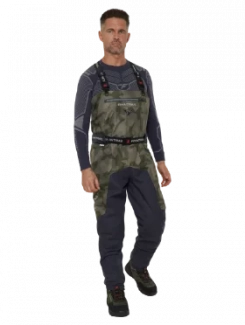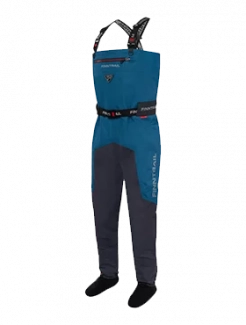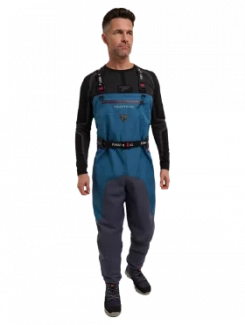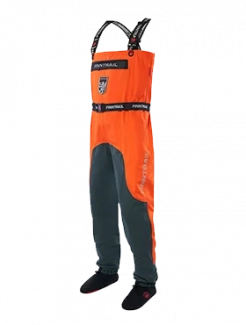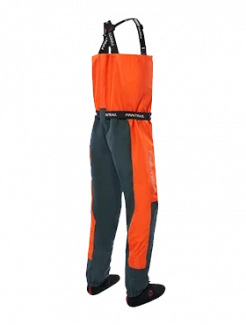Roll Casting in Fly Fishing: Techniques and Tips
When fishing in tight spaces with overhanging trees, brushy banks, or when there’s no room for a traditional backcast, knowing how to roll cast is an essential fly fishing skill. This technique allows you to deliver your fly with precision and control while avoiding obstacles. In this guide, we’ll walk you through everything you need to know about the roll cast technique—from setup to execution—so you can fish confidently in any condition.

What Is a Roll Cast?
A roll cast is a type of fly cast that uses the water’s surface tension to load the rod instead of a traditional backcast. Instead of sending your line behind you, you keep most of it on the water, form a loop beside your body, and “roll” the line forward in one smooth motion. This makes it the perfect cast in tight quarters or when the wind makes overhead casting difficult.
Many anglers also use the roll cast to reposition line on the water or to lift a heavy nymph rig without needing a full overhead cast.
When to Use the Roll Cast
You’ll rely on this cast in situations such as:
-
Fishing small streams or rivers with brushy banks
-
Casting under trees where overhead clearance is limited
-
Managing heavy rigs or indicators that are difficult to backcast
-
Dealing with windy days, when an overhead cast risks tangling
-
Repositioning line for a better drift or presentation
If you know how to roll cast a fly rod, you can fish waters that are otherwise nearly impossible to reach with other methods.
Step-by-Step: How to Roll Cast with a Fly Rod
1. Start with Proper Line Setup
Strip out about a rod’s length of fly line plus your leader. Allow most of it to rest on the water in front of you. Keeping line on the surface helps load the rod when you begin the cast.
2. Position the Rod and Form the D-Loop
Hold your rod tip low, pointing at the water. Slowly lift the rod until your hand reaches about shoulder height, with the tip angled slightly behind you. As you lift, let the line trail back to create a “D-loop” between the rod and the water’s surface. The line anchored on the water provides the tension needed to load the rod.
3. Forward Stroke
Smoothly accelerate the rod forward, stopping abruptly when the rod is just above eye level. This crisp stop transfers the stored energy into the line, unrolling it forward.
4. Let the Line Unfold
The loop will roll out across the water, carrying your fly to the target. Aim slightly above the water to allow the line to fully extend before it lands.
Pro Tips for Better Roll Casting
-
Anchor placement matters: keep the line anchor (the section of line on the water) about a rod’s length away. Too close or too far reduces power.
-
Smooth acceleration: avoid jerking the rod. A gradual build-up of speed followed by a crisp stop makes the cast efficient.
-
Choose a roll-casting-friendly line: a weight-forward floating line with a slightly heavier head is easier to load, making it ideal.
-
Practice different angles: sometimes you’ll need to cast across current or under branches—adjust your D-loop angle for accuracy.
Common Mistakes to Avoid
Even seasoned anglers make errors with roll casting. Here are the top ones to watch out for:
-
Not forming a proper D-loop – without enough line behind the rod, your cast will fall flat.
-
Rushing the forward stroke – smooth acceleration is essential; too much force creates sloppy loops.
-
Poor line anchor – if the line isn’t resting on the water in the right spot, the rod won’t load correctly.
-
Stopping too low – if your forward stroke ends too close to the water, the line won’t unroll properly.
By correcting these mistakes, your roll cast technique will quickly improve.
Advanced Roll Casting Variations
Once you master the basics, try these variations to expand your skills:
-
Single-Hand Spey Cast: an extended version of the roll cast with added power and reach.
-
Off-Shoulder Roll Cast: perfect for casting across strong currents or when obstacles block your dominant side.
-
Double Roll Cast: useful when handling sinking lines or weighted rigs that need extra power.
These techniques help you adapt to a wide range of water conditions.
Final Thoughts
Learning how to roll and cast a fly line gives you a huge advantage on the water. It allows you to fish in tight spaces, deal with wind, and control your presentation more effectively. With practice, the roll cast becomes second nature, helping you catch more fish with less effort.
Whether you’re new to fly fishing or have years of experience, sharpening your roll cast will make every trip to the water more rewarding.

